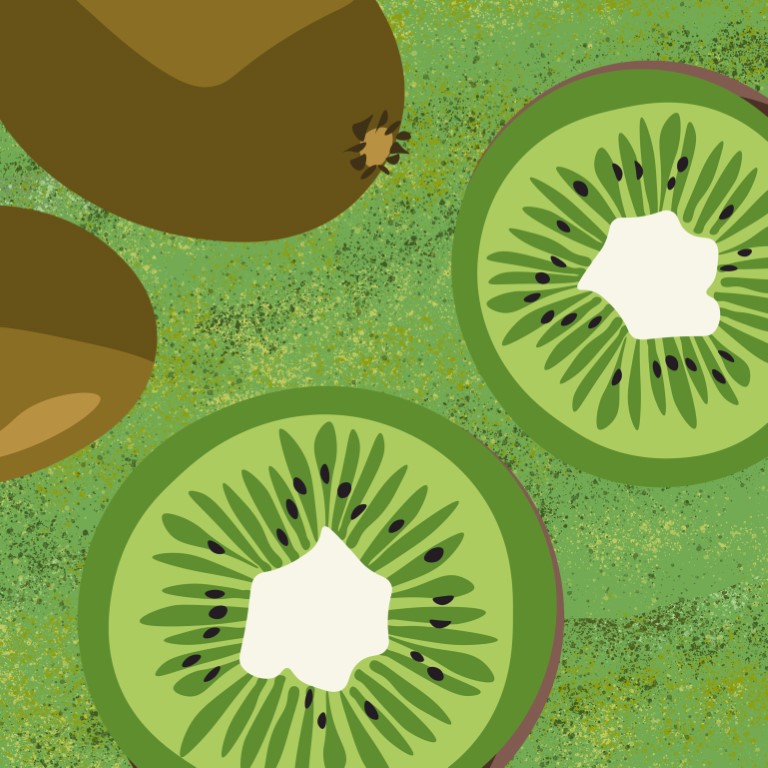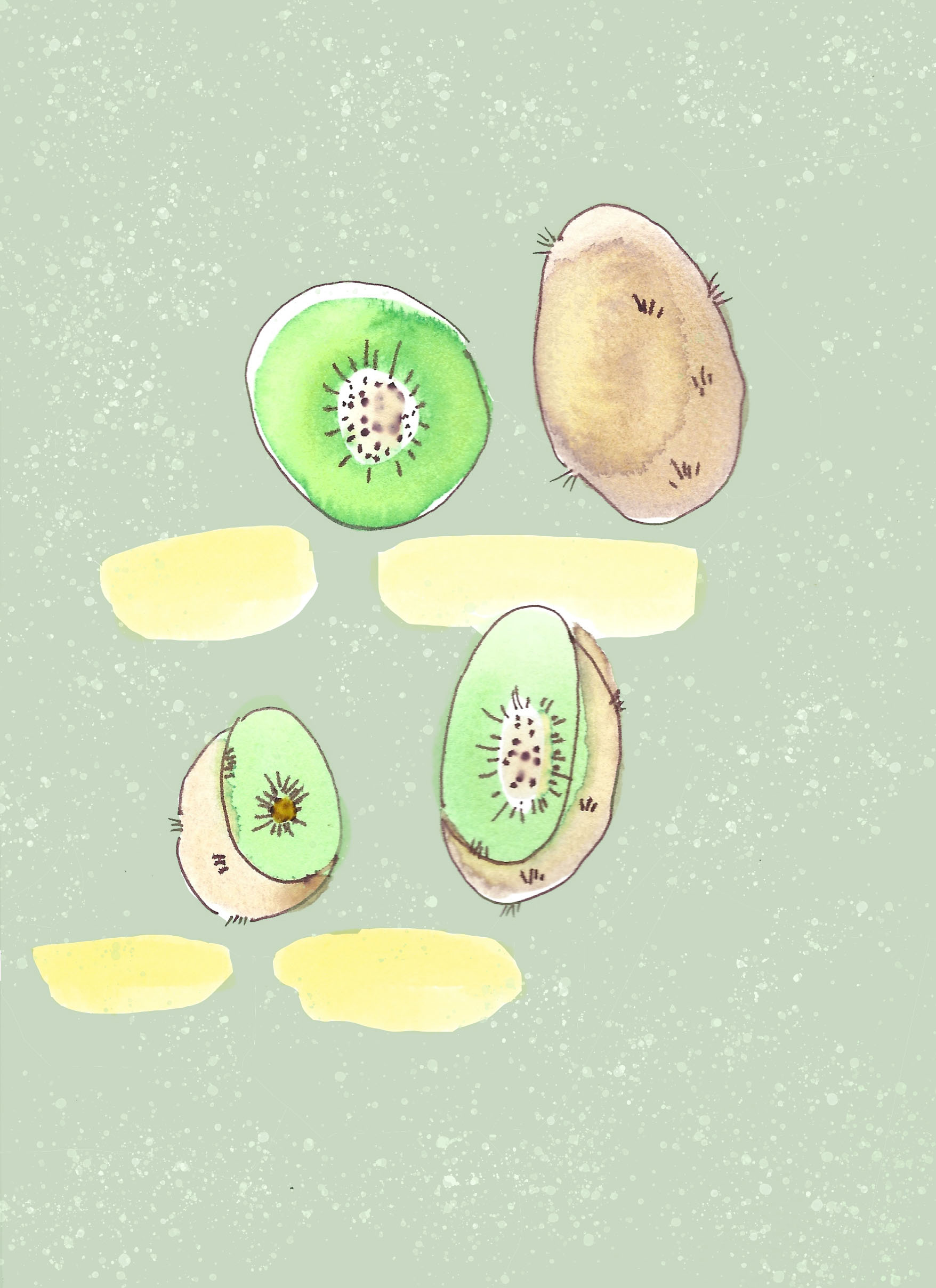
Never confuse a kiwi with an Aussie
By Morgan Hannah, Life & Style Editor
Fruit is colourful, sweet, and delicious. This food group is excellent for the body as a source of potassium and flavonoids, which help to lower blood pressure and reduce the risk of heart disease. Evidence even suggests that eating fruit may reduce your chances of dying from cancer… and who doesn’t just love that?
It’s time for fascinating fruit facts! This week we’re looking at the kiwifruit, or actinidia deliciosa—and deliciosa is right! These green babies are bursting with a sweet and tangy flavour and tons of nutrients. The hairy skin on the outside of the kiwi is actually totally edible, but it’s not everyone’s favourite part. However, if you choose to eat the skin, you’ll be consuming three times the amount of fibre than you would by just consuming the fruity flesh alone.

These low-calorie fruits originally grew wild in China under the name Chinese Gooseberries. A schoolteacher introduced the “kiwi” to New Zealand in the early 1900s after returning from a trip to China, but it was another 50 years before the New Zealanders eventually named it after their national bird.
Kiwis, which are high in vitamin C, contribute to the production of collagen, helping make your skin look dewy fresh and free from wounds. One kiwi is all it takes to meet approximately 80 percent of an adult’s vitamin C requirement for the day—and vitamin C is great for keeping colds and viruses at bay, too!
Another cool fact about kiwis is they may help improve your sleep quality. Scientists suggest that this benefit stems from the serotonin and antioxidant content in the little green fruit.
As someone who suffers from asthma, the kiwi is a favourite of mine as it can help manage this common respiratory condition. Studies suggest that people who consume fruit high in vitamin C and antioxidants, including kiwis, on a regular basis can experience better lung function and reduced wheezing.
If you’re like me and find that once you start eating kiwis you really cannot stop at one, you’ll find that this isn’t a bad thing even in the slightest. A study from the University of Oslo found that eating two to three kiwis a day may also help reduce blood clotting by removing fat from the blood. A much healthier alternative to the “one aspirin a day” thing… I’d choose fruit over pills anytime! However, if you’re about to go in for surgery or already have thin blood problems, I’d avoid eating kiwis.
Some excellent ways to consume kiwis are blending them into smoothies, dicing them up and adding to salads or yogurt and granola, or just cutting them in half and eating with a spoon.
This has been Fascinating Fruit Facts—tune in next time to find out which fruit we’ll be chatting about!
